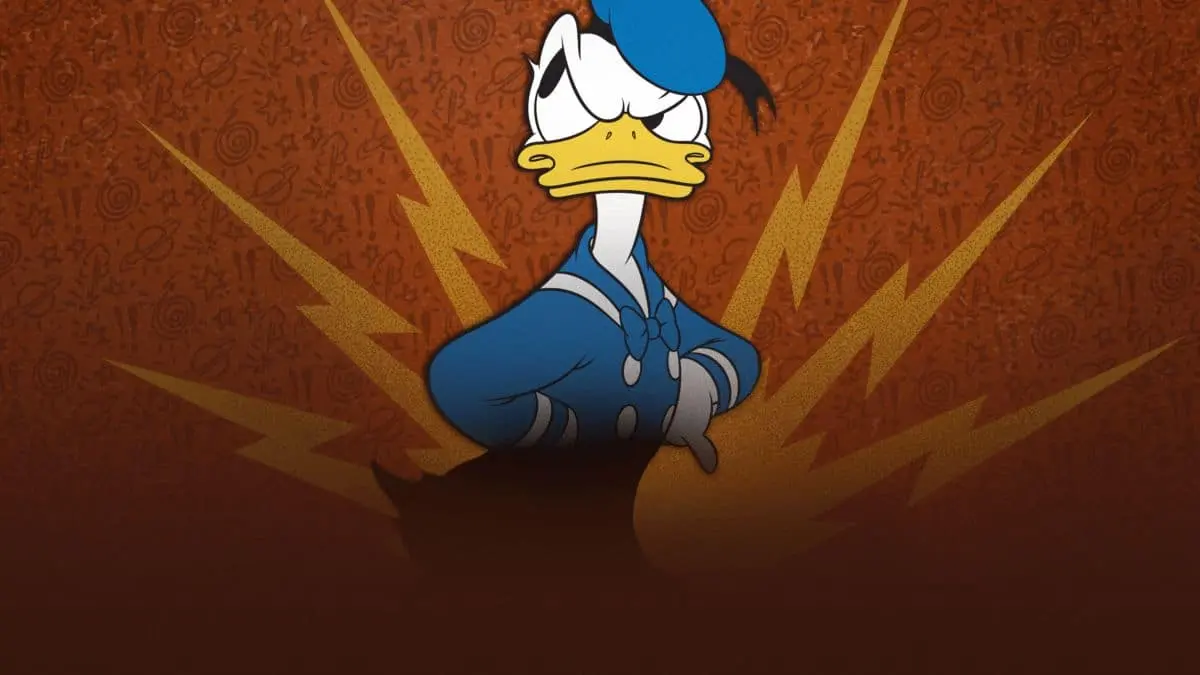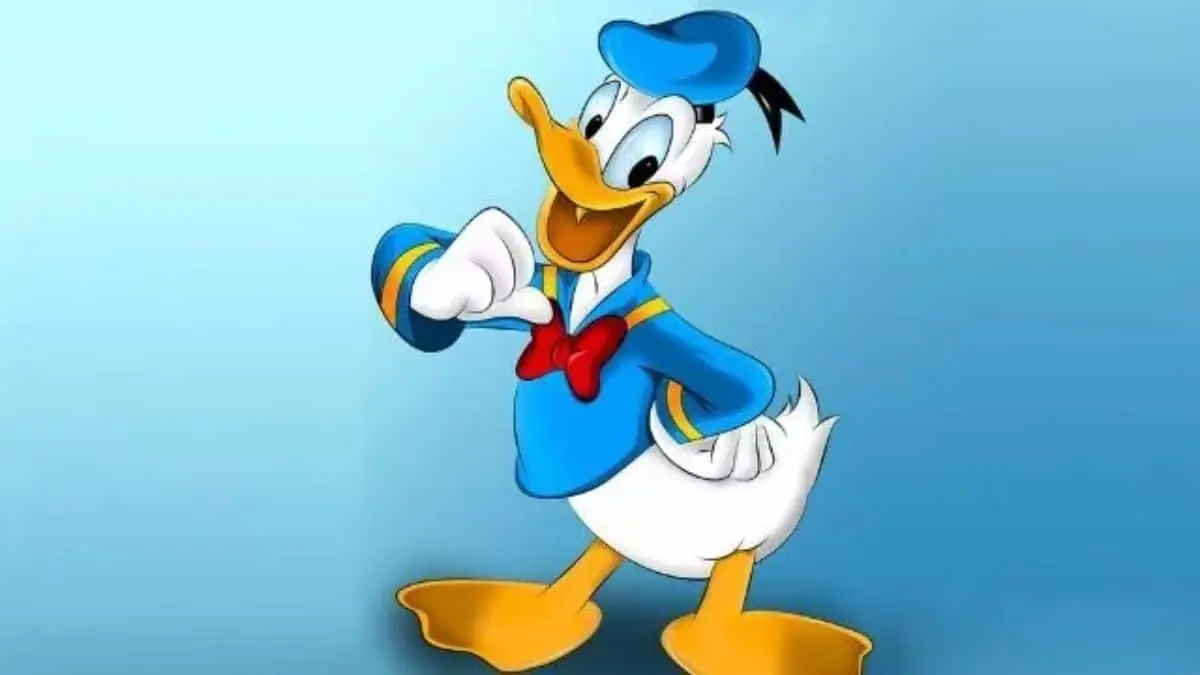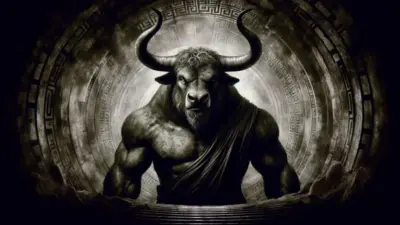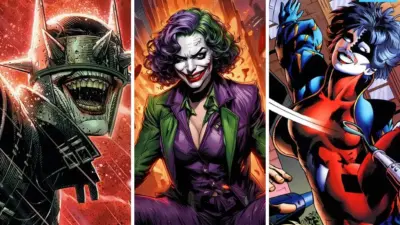In 2024, one of Disney’s most beloved and enduring characters, Donald Duck, celebrates his 90th anniversary. Since his debut in 1934, Donald has become a global icon, known for his distinctive voice, short temper, and endearing charm. Over the decades, he has starred in numerous cartoons, comics, and films, becoming a cornerstone of the Disney universe.
From Humble Beginnings to Stardom
Donald Duck first appeared on June 9, 1934, in the Silly Symphonies cartoon “The Wise Little Hen.” Created by Walt Disney and voiced by Clarence “Ducky” Nash, Donald was designed as a foil to Mickey Mouse, who was more reserved and composed. With his fiery temper and comedic antics, Donald quickly became a fan favorite, leading to his own series of cartoons.
Donald’s early designs were quite different from the character we know today. He was more slender, with a longer beak and a slightly different voice. Over time, animators refined his appearance, giving him the rounder, more expressive face that audiences have come to love. His voice, a raspy, semi-intelligible quack, became one of his most defining features, setting him apart from other animated characters of the time.

Donald’s Evolution in Media
Throughout his 90 years, Donald Duck has appeared in over 150 theatrical films, making him one of the most prolific characters in animation history. His early roles often showcased him as a comical figure, prone to mishaps and outbursts of anger. However, as his popularity grew, so did the complexity of his character.
In the 1940s, Donald played a significant role in World War II propaganda films, where he was depicted as a patriotic American citizen. His short film “Der Fuehrer’s Face” (1943) won an Academy Award and solidified Donald’s status as a cultural icon. The post-war years saw him return to more lighthearted fare, but his character continued to evolve, displaying a wider range of emotions and situations.
Donald’s foray into comics also added depth to his persona. Created by legendary cartoonist Carl Barks, Donald’s comic book adventures often portrayed him as a down-on-his-luck everyman, struggling with financial woes, family dynamics, and the pursuit of success. These stories introduced new characters, such as his wealthy uncle Scrooge McDuck and his three mischievous nephews, Huey, Dewey, and Louie, expanding Donald’s world and legacy.
International Fame
Donald Duck’s appeal is not limited to the United States; he is a global phenomenon. In many countries, Donald is even more popular than Mickey Mouse. In Germany, for instance, Donald is a cultural icon, known as “Donald Fauntleroy Duck,” and his comics have a massive following. The character’s cynical, yet resilient nature resonates with audiences worldwide, making him a beloved figure across cultures.
In Scandinavia, particularly in Sweden and Norway, Donald Duck (known as “Kalle Anka” in Sweden) is a staple of holiday traditions. Every Christmas Eve, millions of Swedes gather to watch “Kalle Anka och hans vänner önskar God Jul” (“Donald Duck and His Friends Wish You a Merry Christmas”), a television special that has been a tradition since 1959.

Donald Duck Today
As Donald Duck turns 90, his legacy remains as strong as ever. Modern adaptations of Donald continue to honor his rich history while introducing him to new generations. Shows like “DuckTales” have reimagined Donald and his family, blending classic elements with contemporary storytelling. His influence extends beyond television and film, with Donald continuing to appear in video games, theme parks, and merchandise, ensuring his place in popular culture for years to come.
Also Read: Top 10 Cartoons Based on Tease, Run and Chase Theme



